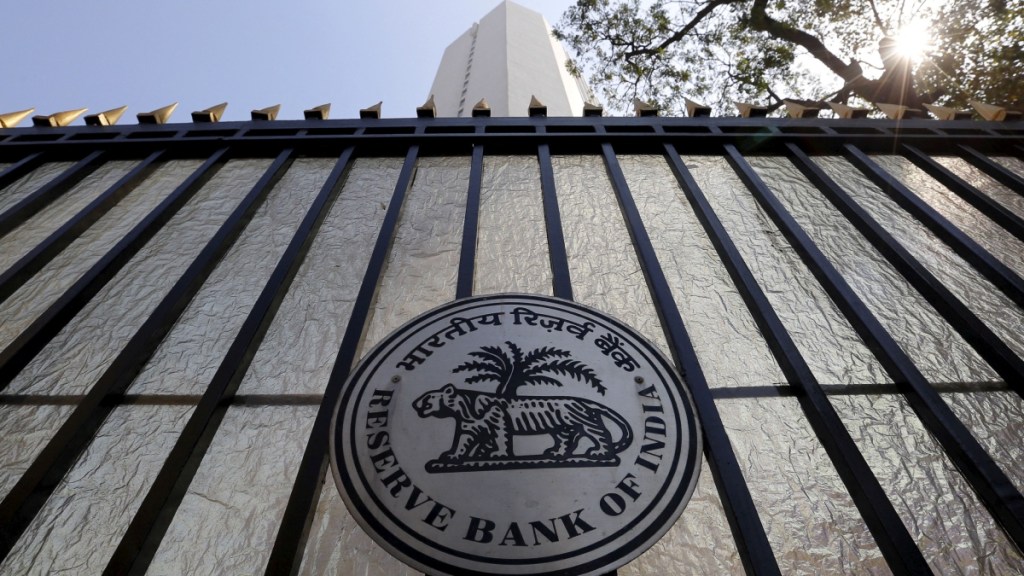More than a year after the Reserve Bank of India (RBI) issued a framework for banks to accept and promote green deposits, lenders are finding it hard to mobilise such deposits, mainly due to lack of incentives for them as well as customers.
Green deposits are long-term deposits used to fund climate-friendly projects and develop a green financing ecosystem.
Largest lender State Bank of India (SBI) has been able to garner just Rs 22.39 crore under the green deposit scheme launched last fiscal, its annual sustainability report showed.
SBI’s green rupee term deposit is available for three specific tenures — 1,111, 1,777 and 2,222 days — at 10 basis points (bps) below card rate for retail deposits, according to its website.
Bank of Baroda (BoB), meanwhile, has fared better, opening over 12,000 green deposit accounts and raising Rs 106.69 crore as on June 17, after launching the scheme in March this year.
Yes Bank group chief financial officer (CFO) and head of sustainable finance Niranjan Banodkar said the bank was one of the early adopters of green deposit product, launching its first one in 2018. He, however, did not share the data of green deposits raised till date.
Incentives needed
“Customers don’t care about the nature of deposit, they only want good returns. There must be a cash reserve ratio (CRR) or SLR (statutory liquidity ratio) cut on green deposits for us to engage in certain assets,” a senior banker said.
“For instance, when we raise funds from multilateral institutions, we get it at a concessional rate or terms. The institutions want us to display that funds are being used to finance the green sectors. We share those details with them and there is a commercial sense to it,” he added. In green deposits, however, there is no incentive and this is the prime reason for the bank not starting a green deposit scheme till now, the banker added.
In February this year, SBI chairman Dinesh Khara had also pitched for lowering the CRR requirement for green deposits. “We have asked (the regulator) for a reduction in CRR for green deposits, and, if at all, as a policy, it can be incorporated,” Khara said, adding that there has been an early start from the regulator’s side, but it may take 2-3 years to start having an impact on the pricing.
Yes Bank’s Banodkar said that in order to make green deposits more appealing to customers, they must be made fully aware that apart from returns, such deposits are used to fund green activities, such as renewable energy and clean transportation, among others, which can help reduce carbon emissions and support India’s goal of achieving net-zero emissions.
“Besides allowing customers to contribute directly to India’s sustainable development goals, offering incentives in the form of higher interest rates or tax savings on green deposits, could further encourage its adoption,” he said.
Incentives such as interest subvention for loans towards certain eligible categories can be deliberated, and the RBI can also consider inclusion of additional eligible green categories in the ambit of priority sector lending (PSL) classification, he said.
“Currently only, loans up to Rs 30 crore towards renewable energy projects can be classified under PSL. As the framework requires the allocation of green deposit proceeds towards eligible green categories that are relatively new, capacity-building programmes aimed enhancing the knowledge and underwriting capability of banks towards these green sectors, could further enhance the effectiveness of green deposits,” he said.
Additionally, to prevent ‘greenwashing’ and to help banks quantify and verify the impact of green deposits in a cost-effective manner, an ecosystem of third-party verifiers and assurers knowledgeable in sustainable finance accounting and impact assessment could be developed, he added.


